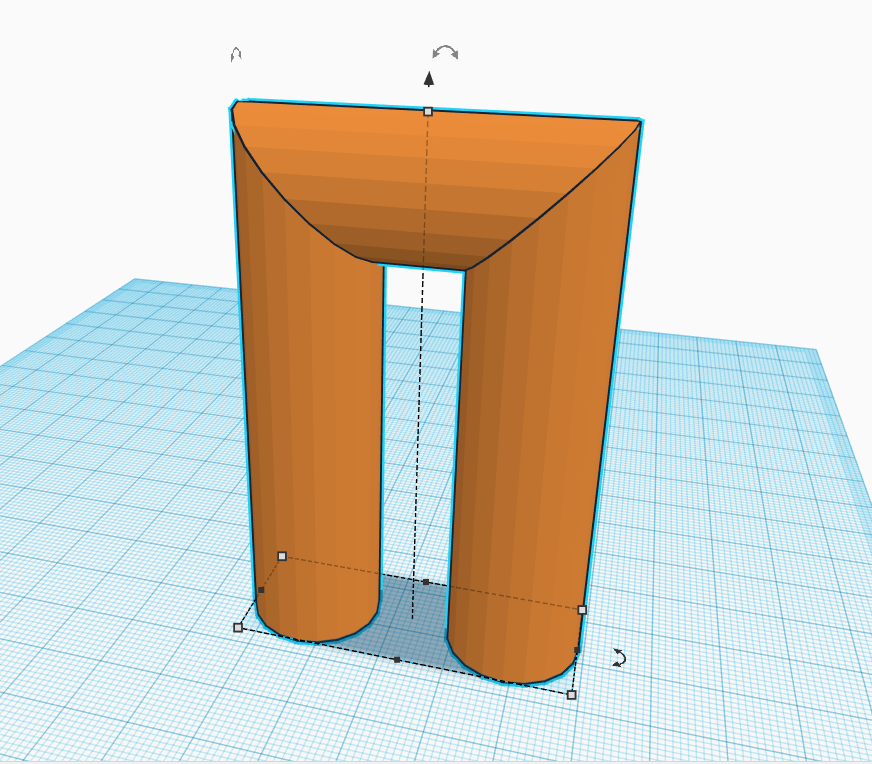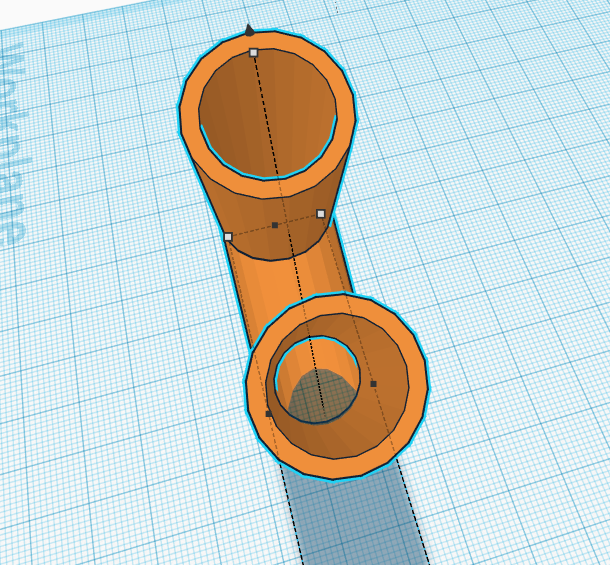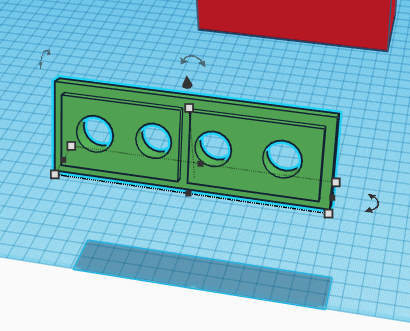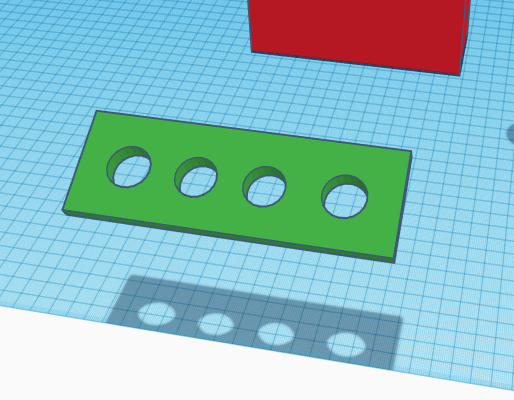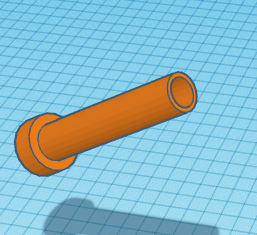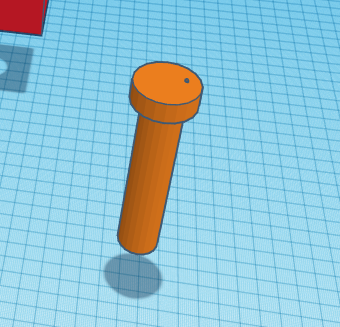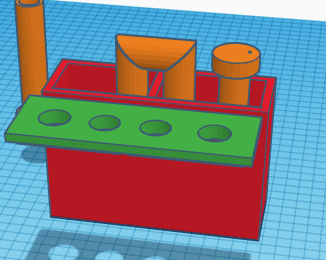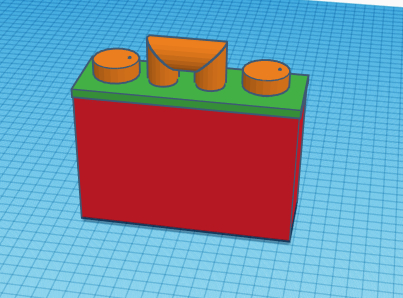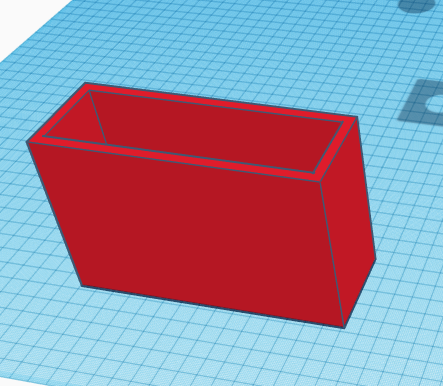-
ammonia information fuel cells
08/15/2018 at 17:29 • 0 comments -
P CEll Updates
08/10/2018 at 21:22 • 0 commentsHello All, I do plan to print a copper zinc emergency cell similar to what is pictured but more refined. I would LIKE however to produce working model that others can made themselves at home for science projects or even larger scale off the grid aspirations! I am really banking on the Phytoplankton microbial fuel cell in overall effort however.
-
Portable version of P Cell 3D Plans
07/14/2018 at 20:24 • 0 comments![]()
![]()
![]()
![]()
-
1st cell test at 1/5th volume
07/12/2018 at 02:39 • 0 comments![]()
getting around .8 volts for this small amount and this is with minimal 1 inches of wire as a electrode submerged. The cells I printed were around 5 times the capacity for more mah capacity. Voltage is pressure but we need more columet I actually do work like charge a phone.
-
Test Fitting the lid and salt bridge.
07/11/2018 at 21:11 • 0 commentsthe lids are almost perfect, but I did widen the holes so that the parts will slide in without too much force. the parts will be adhered together once put together.
![]()
![]()
![]()
The Salt bridge fits but is snug at this time. A little cleanup with dremel and sanding drum should clean it up.
-
Electrode Materials
07/11/2018 at 20:35 • 0 commentsI am using these materials for the anode and cathode electrodes. Copper wire and Zinc wire. Both I purchased from Amazon.com and received quickly. The wire can be wrapped around a cylinder to hold it tightly in place. These larger cells are for initial prototyping , and I would like to print a smaller version that is portable power.
https://www.amazon.com/gp/product/B000IJYRDE/ref=oh_aui_detailpage_o01_s00?ie=UTF8&psc=1
![]()
https://www.amazon.com/gp/product/B001QUVU0W/ref=oh_aui_detailpage_o01_s00?ie=UTF8&psc=1
![]()
-
PRINTING ! :) Lids, Case, salt bridge and electrode holders
07/11/2018 at 20:30 • 0 commentsHere are the prints on the bed themselves.
![]()
![]()
![]()
-
Salt bridge, lids and electrode holders designed
07/11/2018 at 20:29 • 0 commentsThese are a couple pics of the parts for the reactor that will collect electrons and make current. Four main pieces, casing, salt bridge tube , lid and electrode holders. Here are 3d pics of the designs before printing, I will post the files for use by anyone. I may add my name to the pieces to mark them for future use.
![]() Here is the cell with a divider to separate the anode and cathode aqueas solution
Here is the cell with a divider to separate the anode and cathode aqueas solution![]()
This is the salt bridge, the salt bridge is a salt enriched gelatin that is a semipermeable barrier that allows electrons to flow , but not allow the aquaes solutions on each half cell to mix.
inside you see the U shaped tube is printed hollow to fill with salt gel
![]()
This is the cell topper , two holes allow for the salt bridge to be installed. The two further holes are for the electrode holder, since the electrodes are wire I would have something to wrap them around. The topper has a inner ledge that drops down into the cell and the divider is offset, so when removing the cell top, you cannot put the cell electrodes back in backwards causing polarity to be wrong.
![]()
![]()
![]()
The first version of the electrode holder was solid with infill. I found that making the hold hollow like a tube significantly reduced the print time and amount of filament used.
![]()
All parts shown together , cell casing, divider, U tube , and electrode holders
![]()
Final Proposed assembly of the urine fuel cell.
![]()
-
Printing the first cell for testing.
07/11/2018 at 20:00 • 0 comments![]()
The first cell for testing is galvanic with only one chamber, I will posts the pictures both in 3d format and the actual product later when I am home. One chamber means there is only one aquas solution and no barrier between the anode and cathode. This cell does not have a divider.
-
Get the facts! Researching the Project
07/11/2018 at 19:58 • 0 commentsHere I will notate and Cite sources that support my idea, In almost all cases of our modern society every idea is not completely a new invention , but putting it in use is what makes the process and devices unique. I want to make sure this project can basically be duplicated anywhere in the world with basic resources. In the long term this could be a VERY small portable device that goes into emergency packs to generate electricity for an emergency battery.
P CEll ! Urea Electrical Power Harvesting Device
Pee Power!! , Seriously you can charge your phone, tablet and laptop from pee!. It is avail anywhere animals or humans are.
 Josh Starnes
Josh Starnes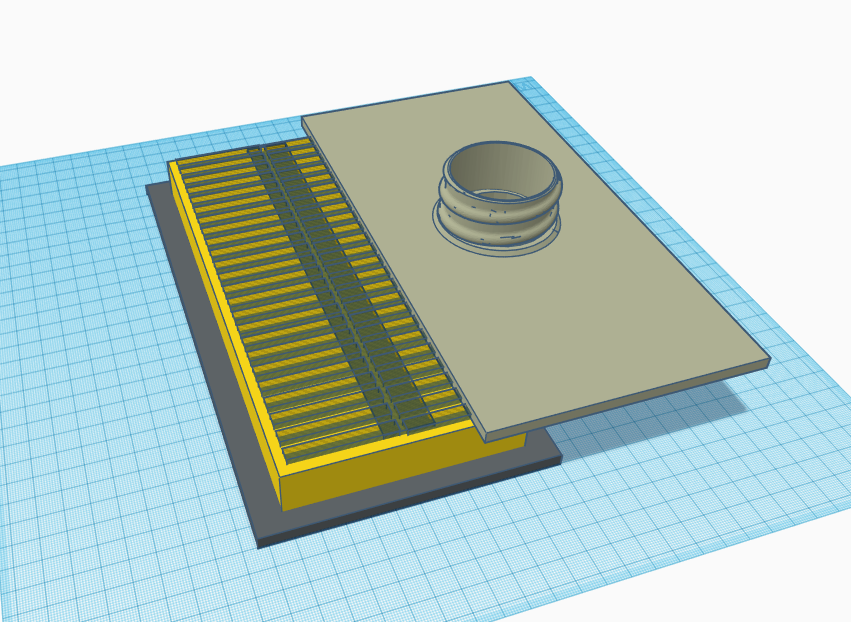
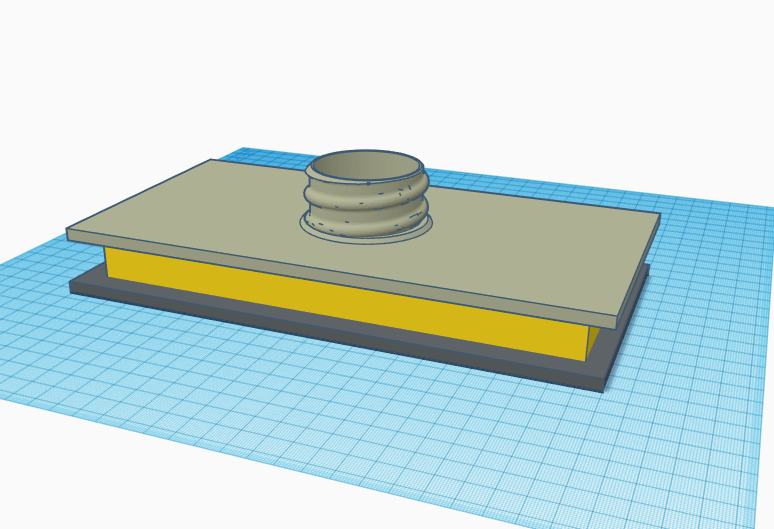
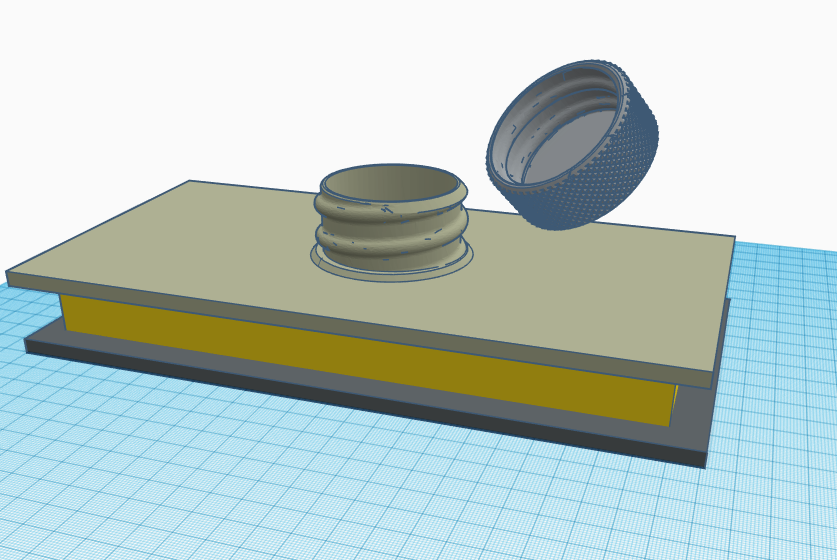
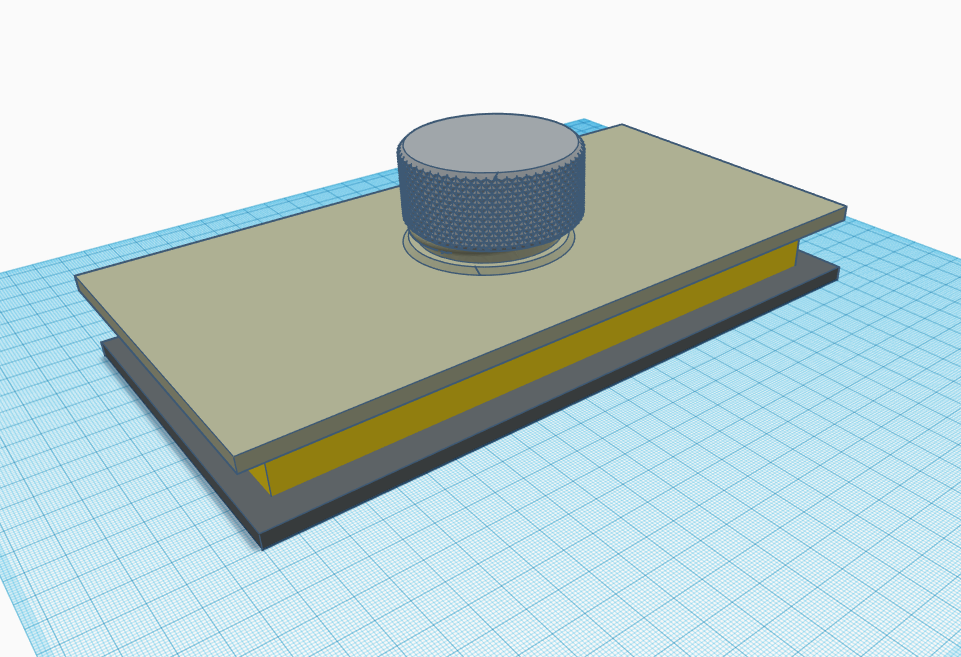
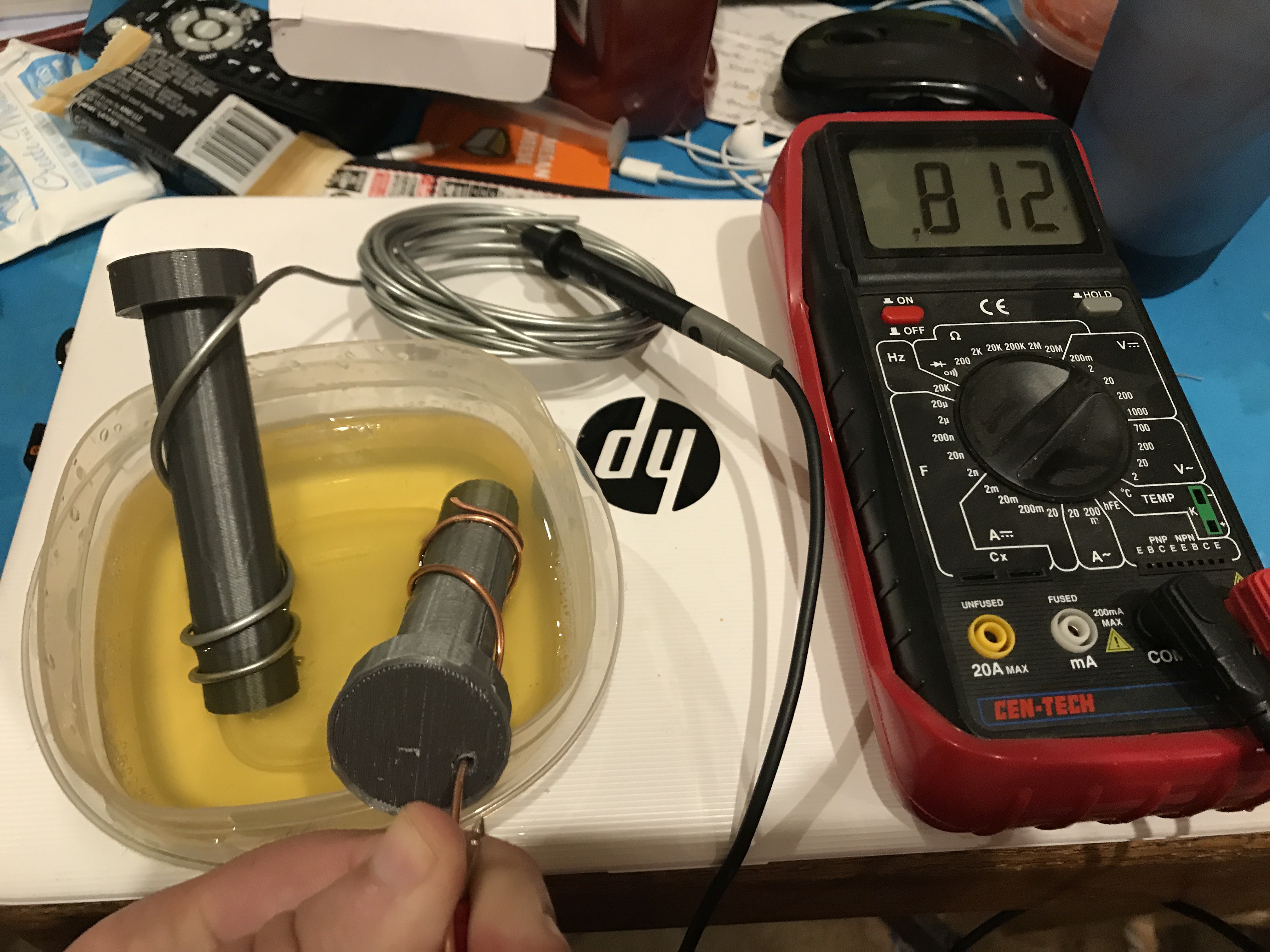
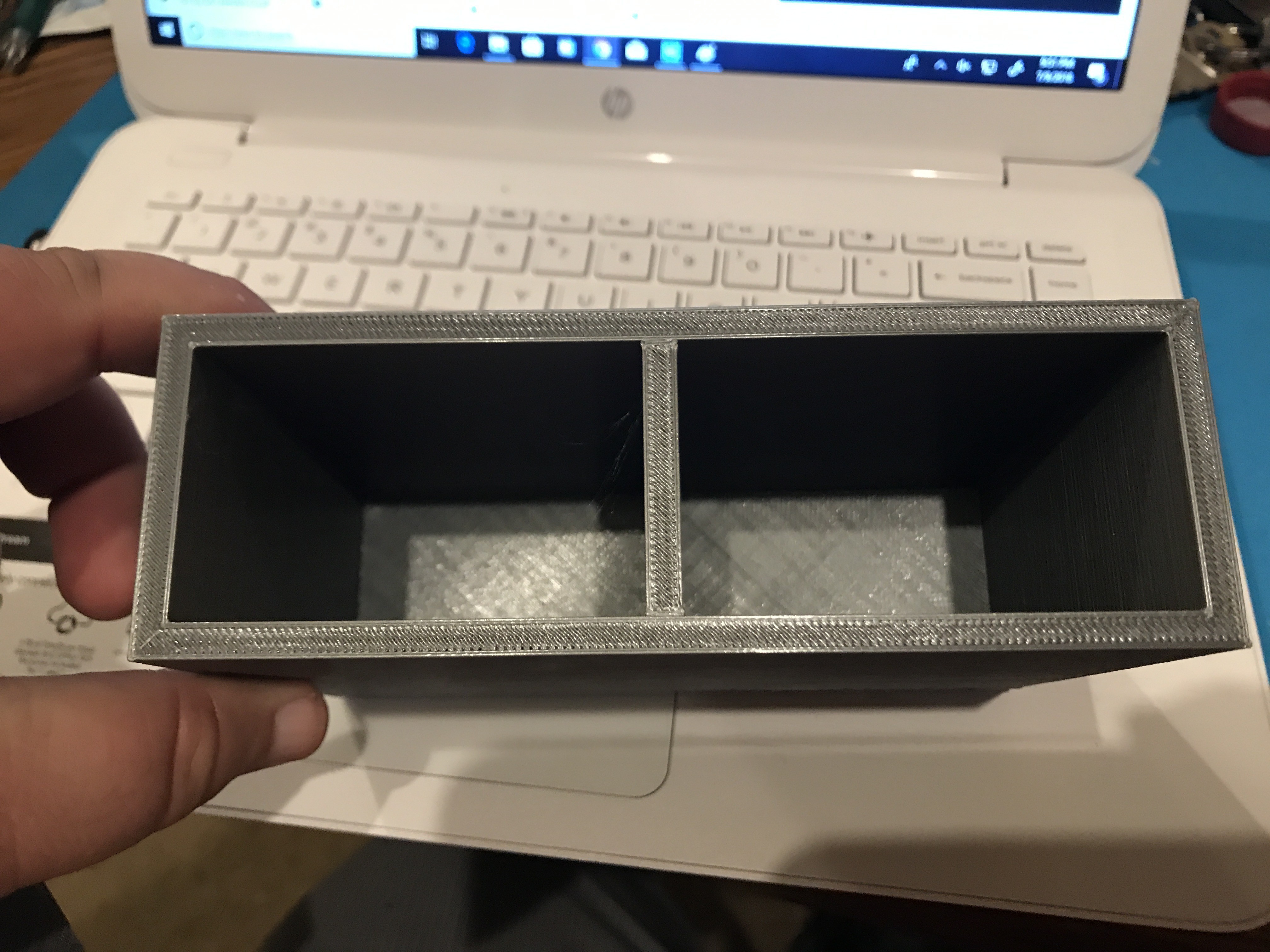
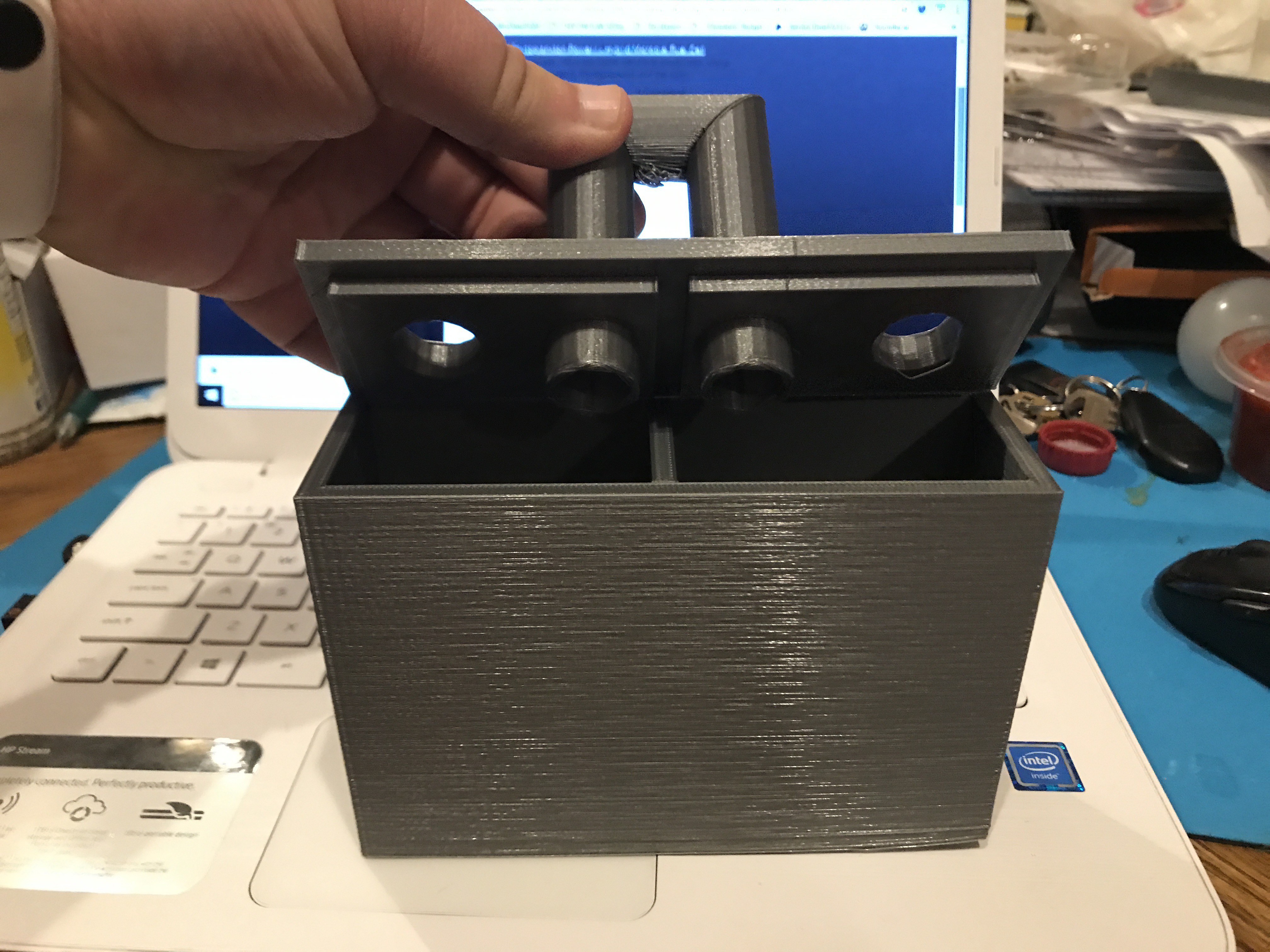
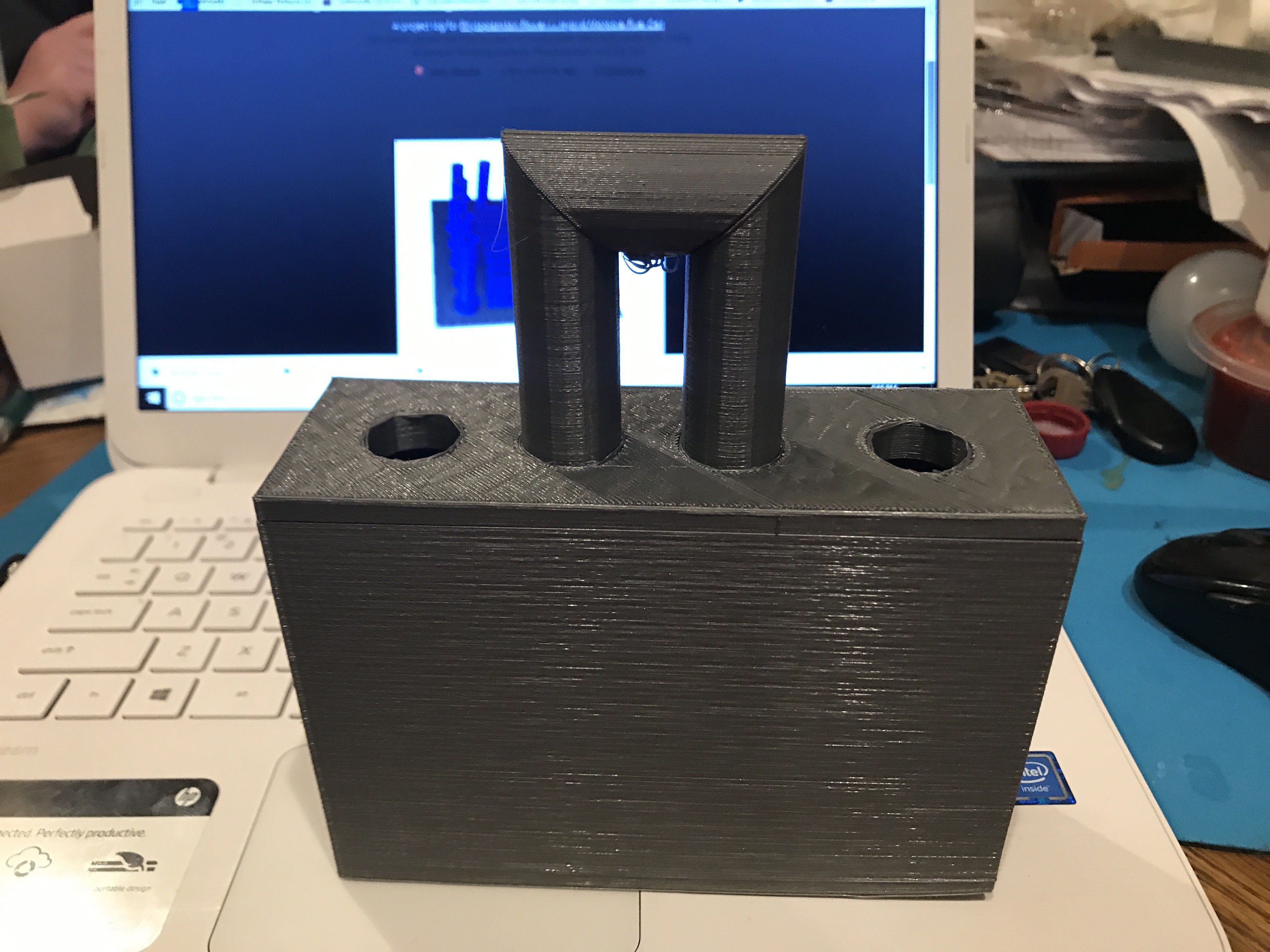
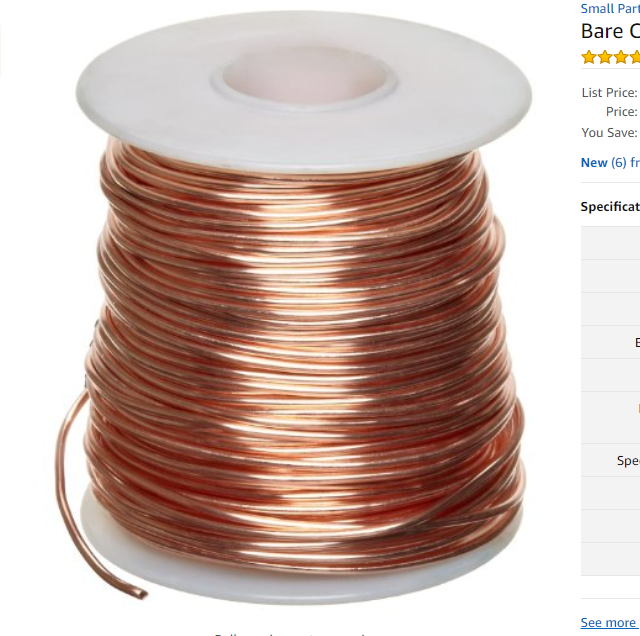
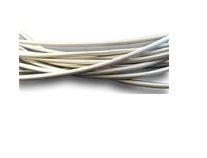
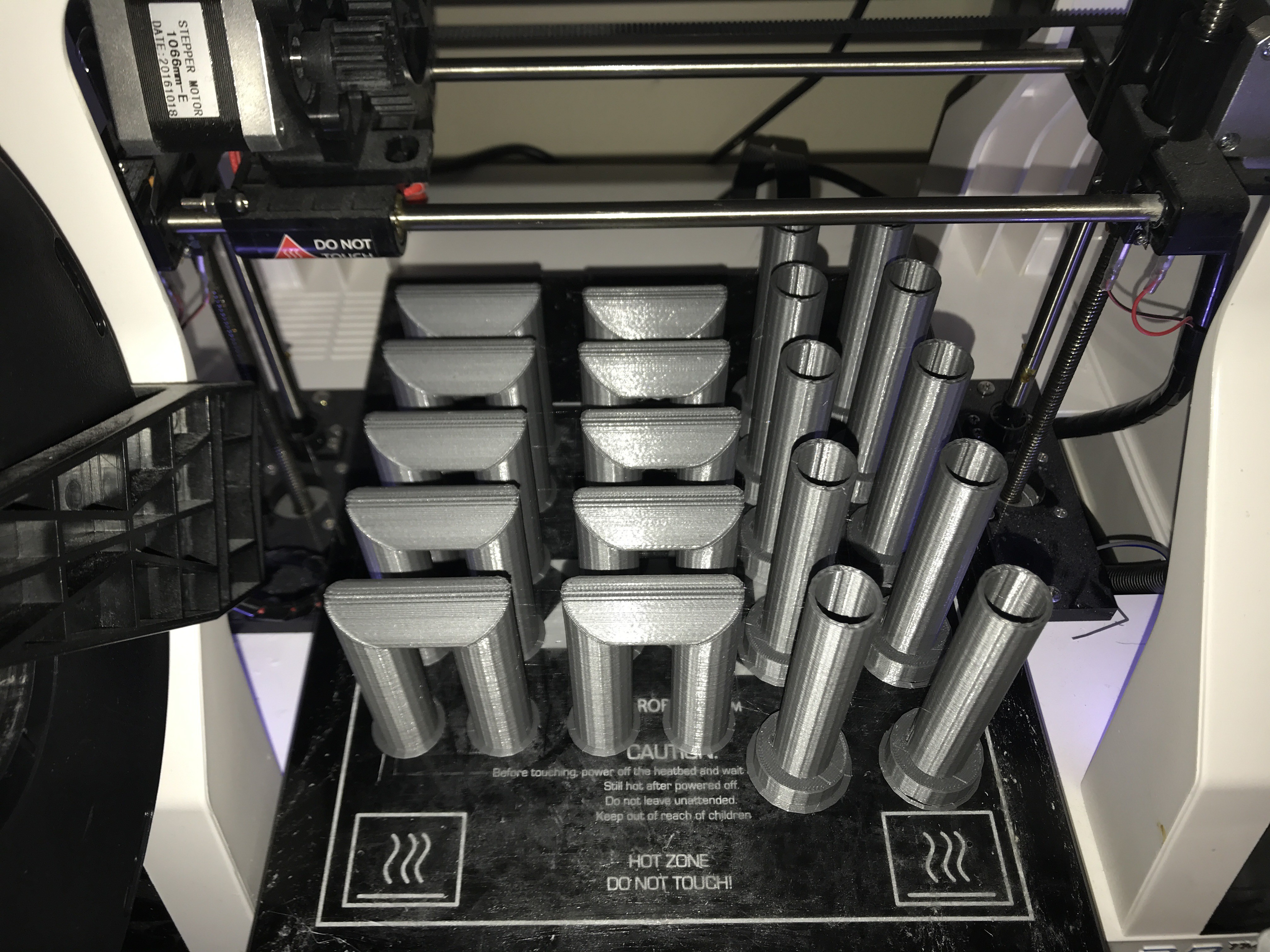
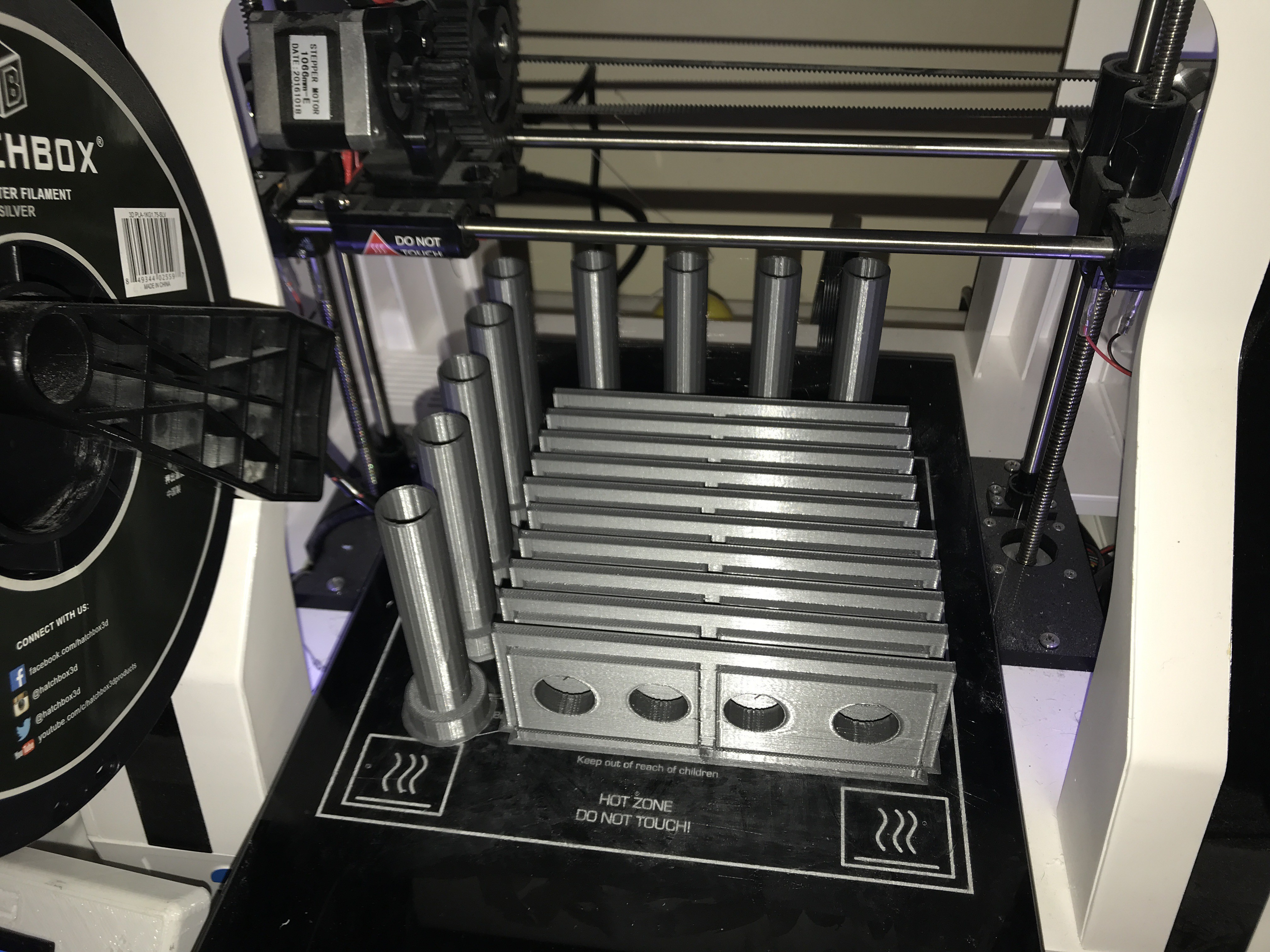
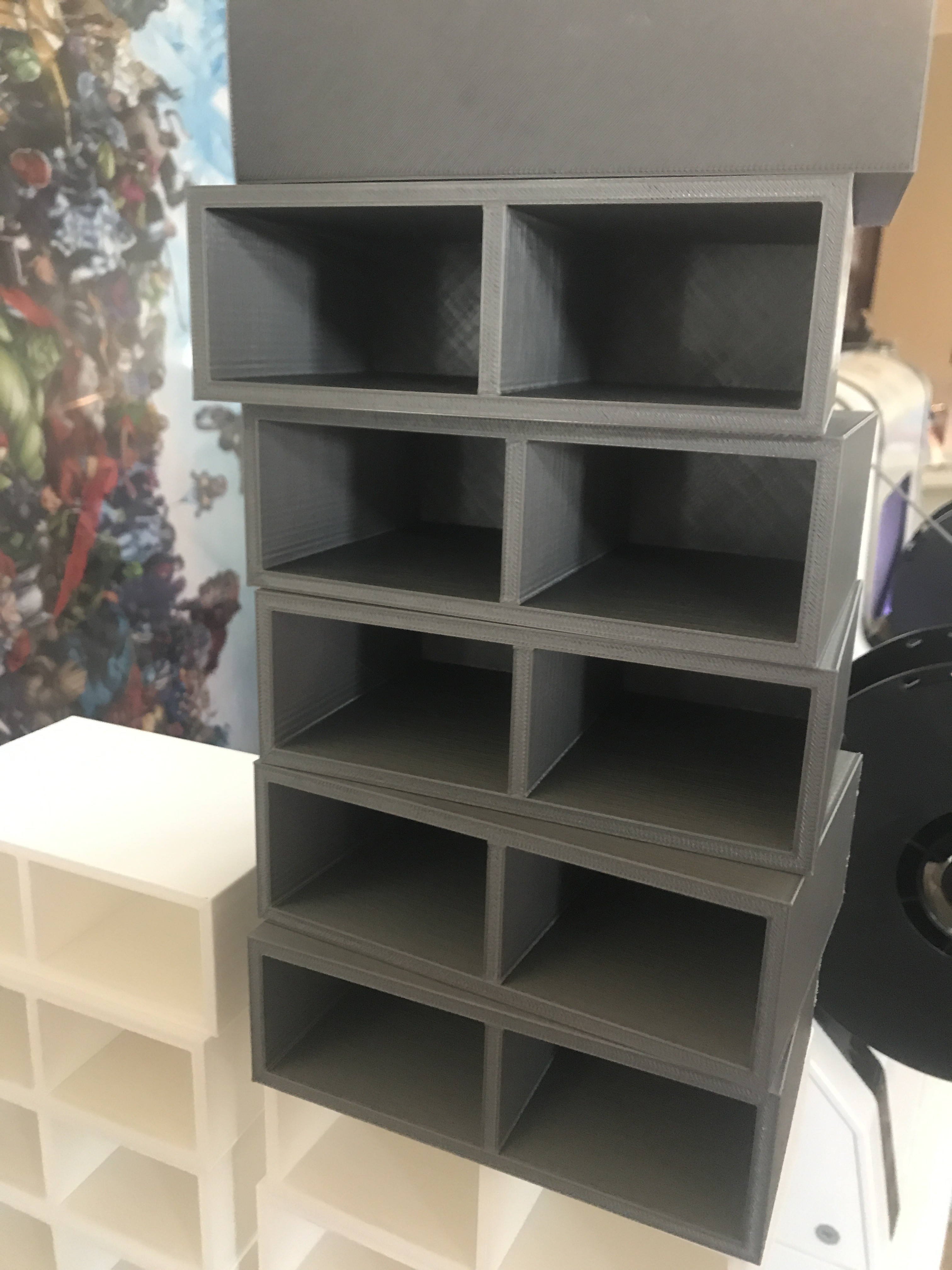
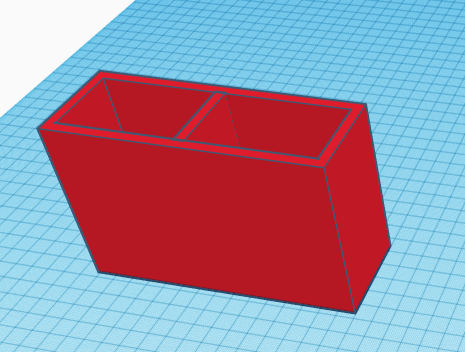 Here is the cell with a divider to separate the anode and cathode aqueas solution
Here is the cell with a divider to separate the anode and cathode aqueas solution